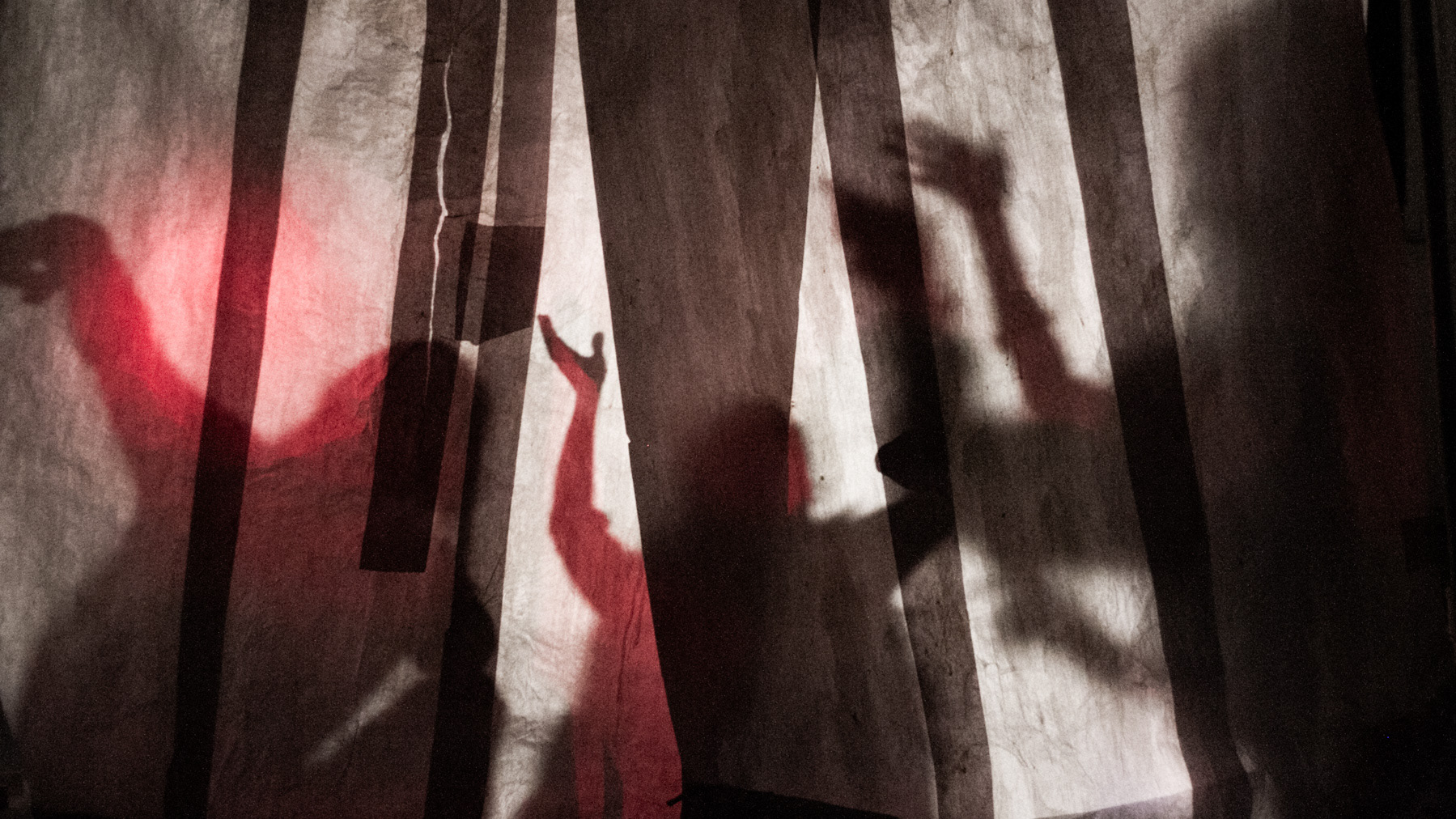I am forming plans for the year ahead on the unsettled theatrical ground of 2023. So, this blog is an open letter to my collaborators and to web-eavesdroppers that reflects and initiates. In outline, I will remember my February-onwards continuation of actions that removed our work from the presentational forms of Suzuki training to actors inter-facing and co-tactile floor-work. Following came categorisations of ‘impulse’, my development of call-and-response études, and our use of touch improvisations bridging to co-devising our current performance-project, Falling Heads. Crucial were Tessa Marie Luminati's pursuit of image-work, our canon chorus intonations and the rich dialogue that brought personal experience to research and floor-work. So, the purpose here is to lay out my thoughts on the next steps as they arise from the last. The reflections and plans here are in response to my deeper question as to how I may develop my skills in facilitating the collective creation of practice and performance-making in The Thursday Group.
Defining boundaries for Suzuki Training is a risky business because the caveats might overwhelm the pronouncements. However, in teaching and directing I have come to desire a use of the first principles of the training within what I see as the usual presentational form of address that leaves actors rarely seeing or touching each other. So, at the beginning of 2023, I established improvisations where actors turned inwards and where touching was an objective. We brought the energies produced by the attention and resistance work in Suzuki Training to improvisations of tactile push and pull. Initially with two performers, I asked ‘Orange’ to make an offer, and ‘Lemon’ to respond. The offer: Orange rises from the floor on an impulse extending a hand for Lemon. The response: Lemon recognises the aesthetic of Orange’s offer and responds by touching Orange's hand. There are other possibilities—broadly, the quality of the exchange could be described as an offer of affection or offence, the response one of attraction or repulsion.






